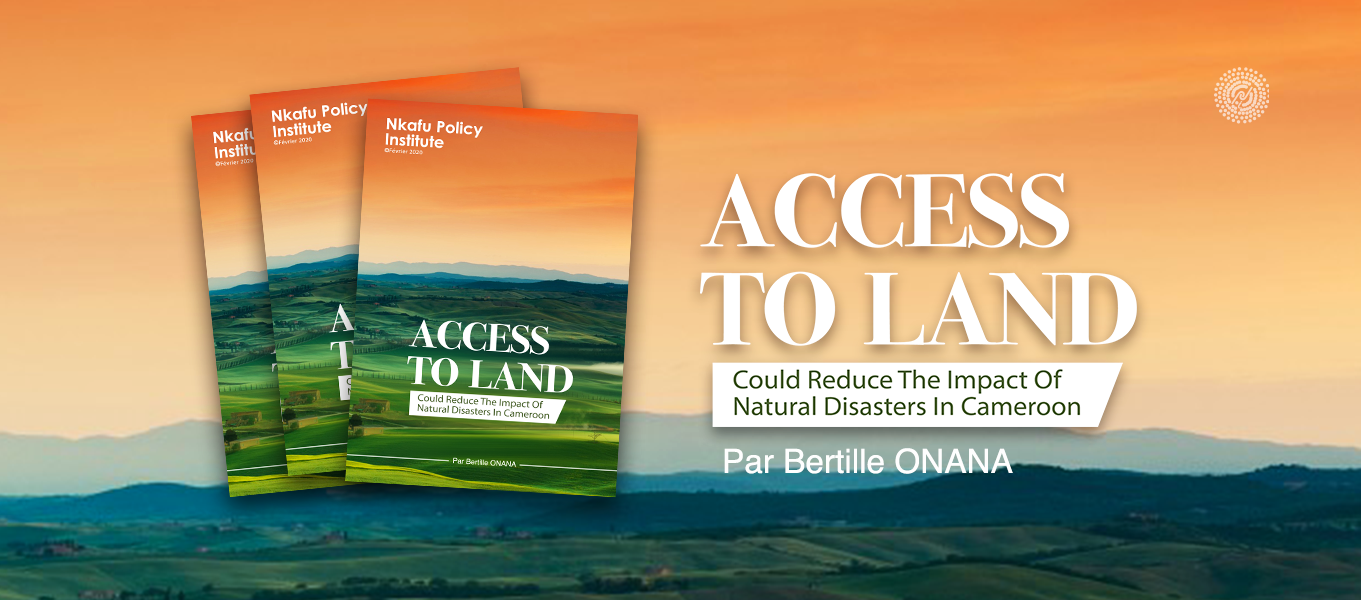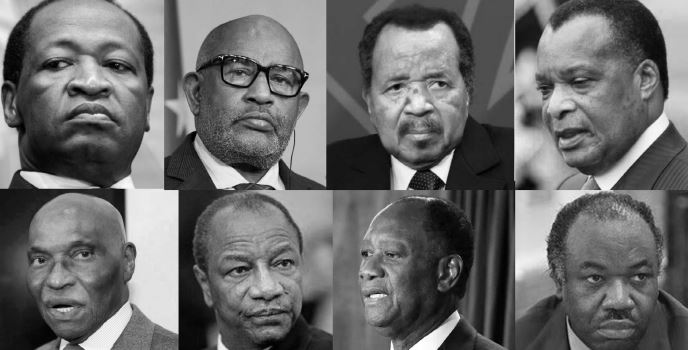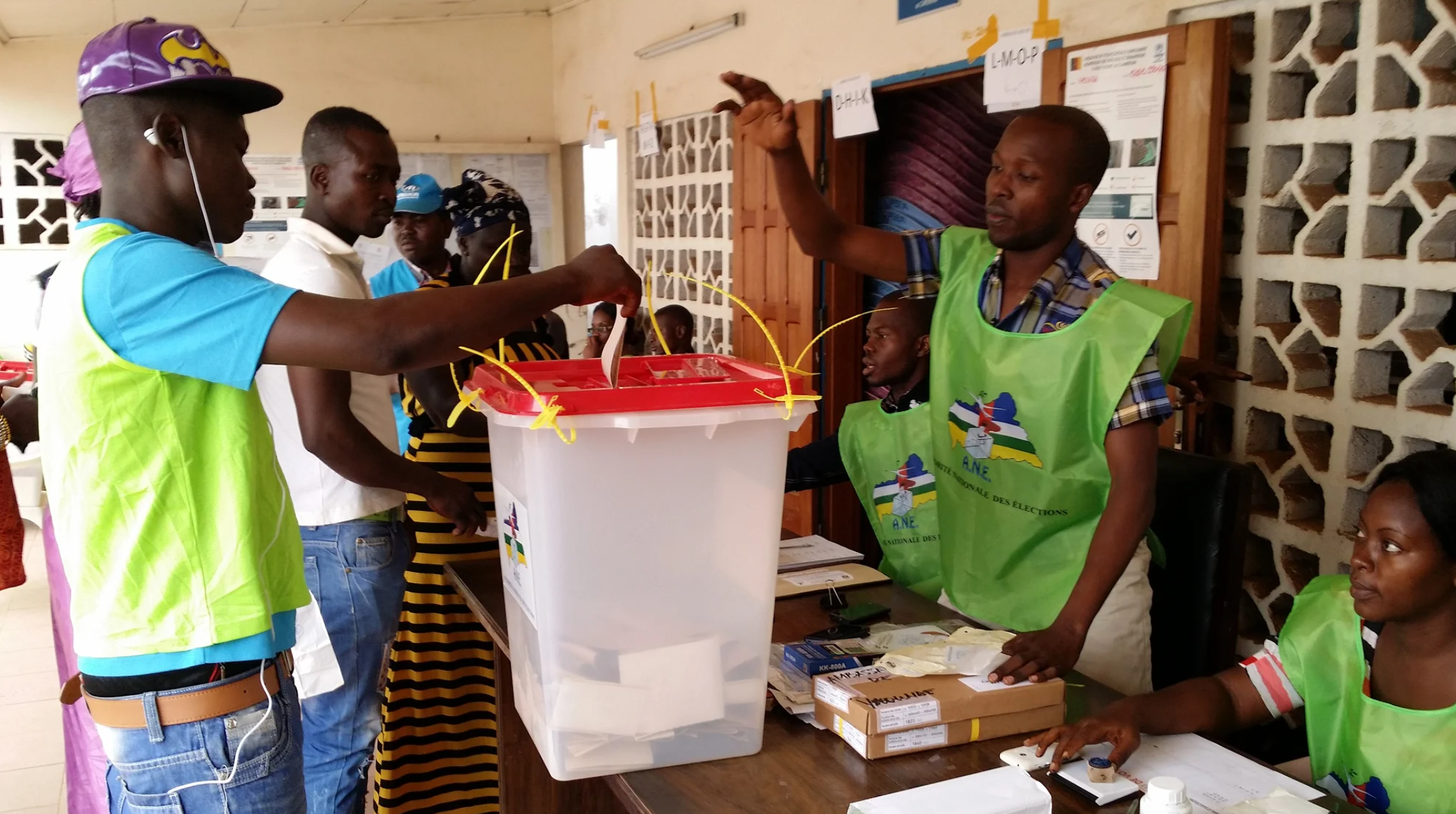Cameroon’s geographical location at the bottom of the Gulf of Guinea seems to expose it to a wide variety of natural disasters. According to a retrospective study, there has been a clear trend in recent years towards the multiplication and amplification of disaster risks [1]. The poor are most often exposed to the consequences of these phenomena due to low incomes, the inability to find decent housing, which leads to settlements in shantytowns and on forbidden and risky areas. This article aims to show the urgency for the State to facilitate access to land for the poorest people in order to prevent natural occurrences from systematically turning into disasters.
Cameroon is a country with multiple and known natural hazards.
The history of Cameroon provides sufficient information on the typology of natural disasters that it has experienced, among which:
- More than 14 volcanic eruptions of Mount Cameroon between the 18th and 19th centuries [2]
- Earthquakes, mild or severe, during the 20th century (Most recent Monatele 2005 [3] and Ebolowa in December 2019) [4]
- Gas fumes (Lake Nyos 1986) [5]
- Mass movements resulting in landslides or mudslides with many human, material and economic damages. For example, in 2017 an investigation inventoried 64 slides in the history of Bamenda mountain in the North West region and the risk map in that area was classified at 3%, meaning very high [6].
Still fresh in the memories, the disaster in Gouache that left 43 dead and many injured during the night of 28-30 October 2019 [6]. Over the same period, a landslide caused the loss of lives and numerous material damages in the NGOUSSO neighborhood in Yaoundé [7], coupled with violent flooding in several other neighborhoods of the city that same day (Olézoa, Center town).
Although these natural phenomena very often strike indiscriminately and unexpectedly, the majority of victims are generally from informal settlements, whether in urban or rural areas. According to the national urban profile, 67% of the Cameroonian population currently lives in shantytowns and/or risk areas [8], a situation that exposes them to a greater risk of disasters.
The poor pay the heavy price of nature occurements because they are poorly housed
In Cameroon, 37.5% of people are poor (more than 8 million) [9]. These are people living on 339,715 FCFA per adult equivalent per year, or 931 FCFA per day (Latest statistics from the Cameroon Household Survey, ECAM 4, 2014). The minimum wage is 36,270 FCFA per month, 67.3% of the population is underemployed, 90% work in the informal sector [10] while nearly 70% earn less than the legal minimum wage in Cameroon [11]. The illusion of better living conditions in the cities does nothing to help matters, it is said to be at the root of the explosive urbanization and exponential growth of populations in the cities in recent years. Estimates show that, between 2010 and 2020, more than 5 million additional Cameroonians would have settled in urban areas [11]. And with an average cost of housing (rent) estimated at 47,500 FCFA per month in the cities [12], many populations find themselves living in precarious places, spontaneous settlements are developing and often on forbidden and/or high-risk areas.
In fact, the development of spontaneous housing in cities has extended even to areas that cannot be built on, such as flood plains, valley bottoms, and slopes [11]. The 43 victims of the landslide in the Gouache district of Bafoussam were located along the slope of a hill, on a seismic-volcanic line, as indicated in the official communiqué of the Minister of Scientific Research and Innovation (MINRESI) a few days after the tragedy [13]. In the opinion of the inhabitants of this area, which includes about a hundred houses, small amplitude tremors had already been felt in this area for many years but had been increasing in magnitude in recent months [14]. A proof that these families were staying there because they did not have a better alternative for housing. The same situation happened in Ngousso, where heavy rains had led to the collapse of a wall of earth, not far from an inhabitant’s home on November 4, 2019 [15].
Land ownership as a tool for “Better Housing” and as a brake on disasters
Cameroon has abundant land resources (47 million hectares) [16] which so far remain under-exploited. Yet, having decent housing and access to land remains a myth for many. And with an ever-growing population (over 26 million in 2019) [17] and overcrowded cities (1.338,000 inhabitants in Douala and 1.299,000 inhabitants in Yaoundé) [18], the direct consequence of this situation remains the anarchic occupation of urban space and the development of spontaneous housing, given the glaring shortage of social housing. For the 10,000 social housing projects launched in 2010 by the Ministry of Urban Development and Housing (MINDUH), only 50% of the demand has so far been met [19]. Allowing poor households to access land and land titles at a very low cost could have several beneficial effects:
– Ensuring the settlement of people in areas that are part of the national domain and therefore secure. This option aims to limit housing in areas at risk and thus limit disasters and the number of victims in natural phenomena.
– Enable people to use their land for agricultural purposes since 7.2 million hectares are arable in Cameroon [20]. This in order to empower them, increase their income and thus enable the satisfaction of vital needs such as decent housing in secured zones.
Download full article (Pdf Version)





Great article Sir. It is fast becoming an urgent situation as concerns the economy of Cameroon unfortunately the government does not really seem to realise this. With present situations and circumstances, i think the worst is yet to come for little is been done right now.
Great article once more